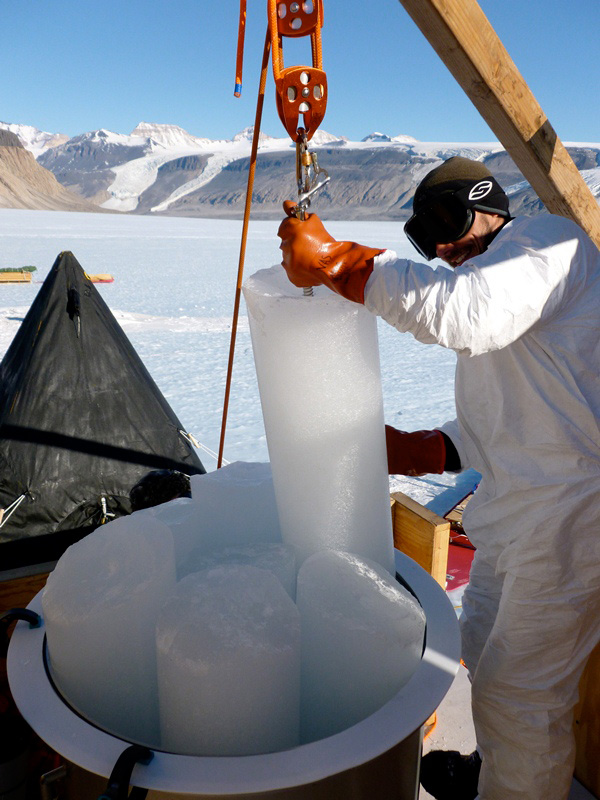
Radiokrypton Dating Identifies Ancient Antarctic Ice
Researchers count the number of radioactive krypton-81 atoms remaining in ice using a laser trap.

Researchers count the number of radioactive krypton-81 atoms remaining in ice using a laser trap.
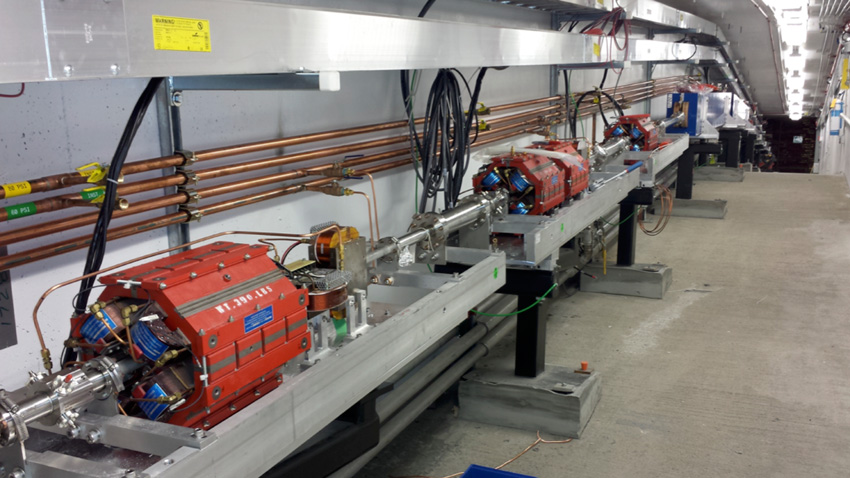
The recently upgraded CEBAF accelerator delivers its highest-energy electron beams into a new experimental complex for the first time.
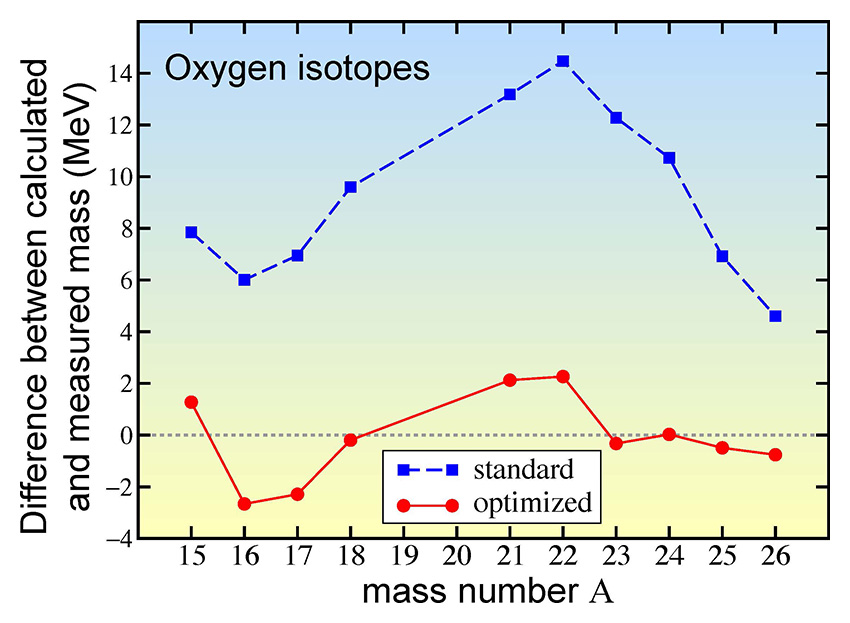
An optimized nuclear force model yields a high-precision interaction with an unexpected descriptive power.
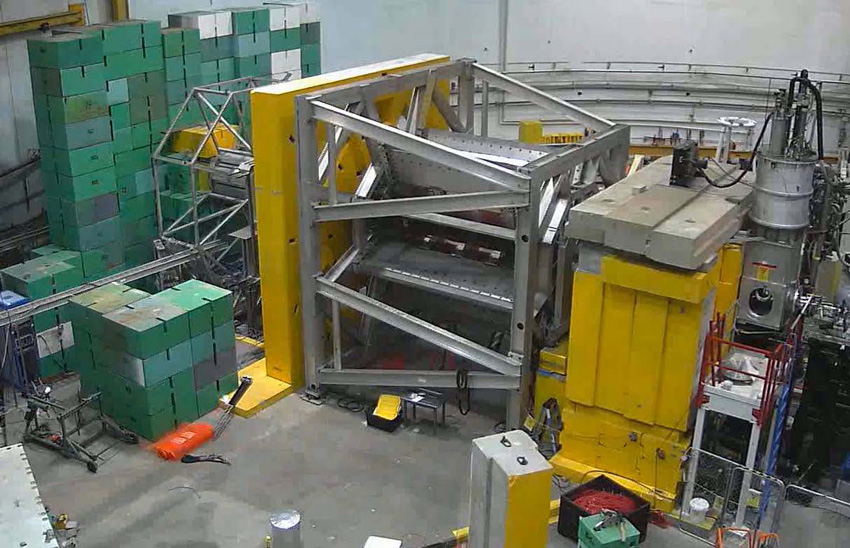
Scientists make the first experimental determination of the weak charge of the proton and extract the weak charges of the neutron and up and down quarks.
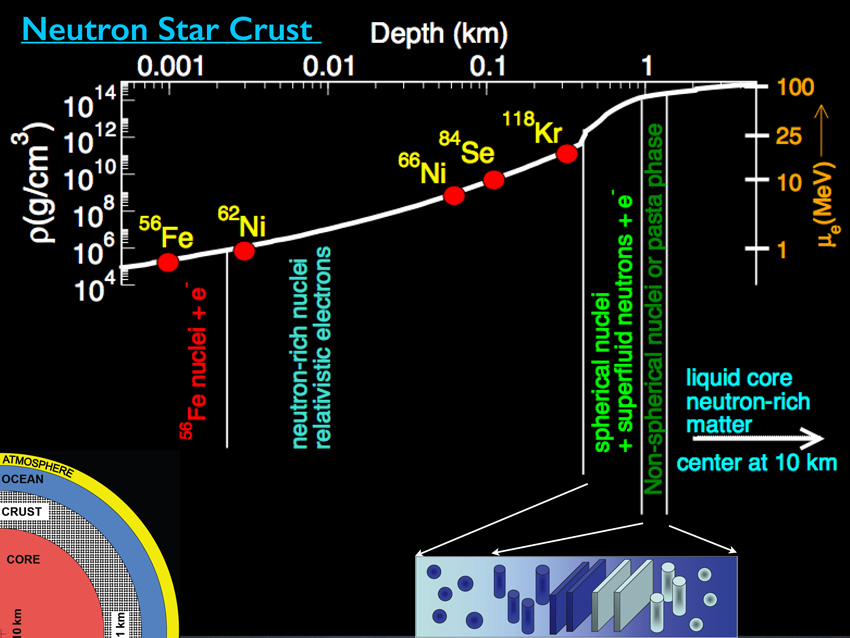
Advances in theory have made it possible to predict cooling behavior observed in accreting neutron stars.
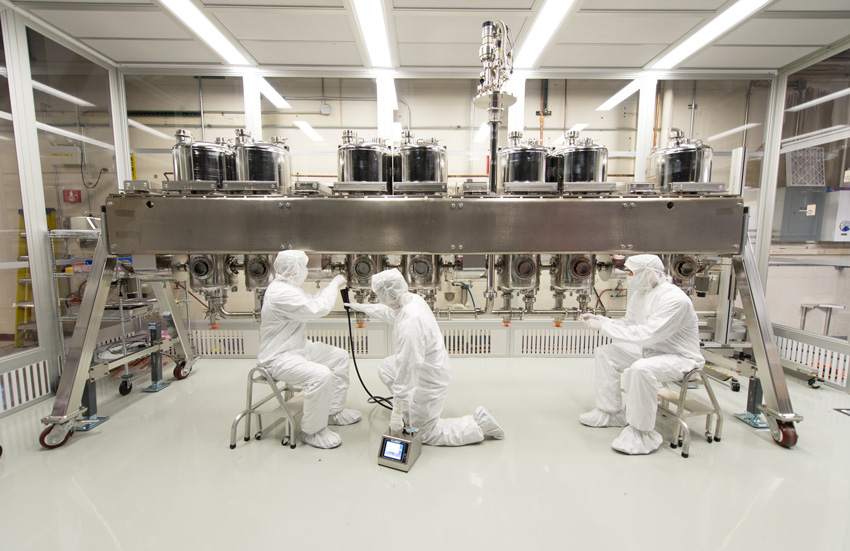
Argonne superconducting radiofrequency technology boosts a variety of applications.
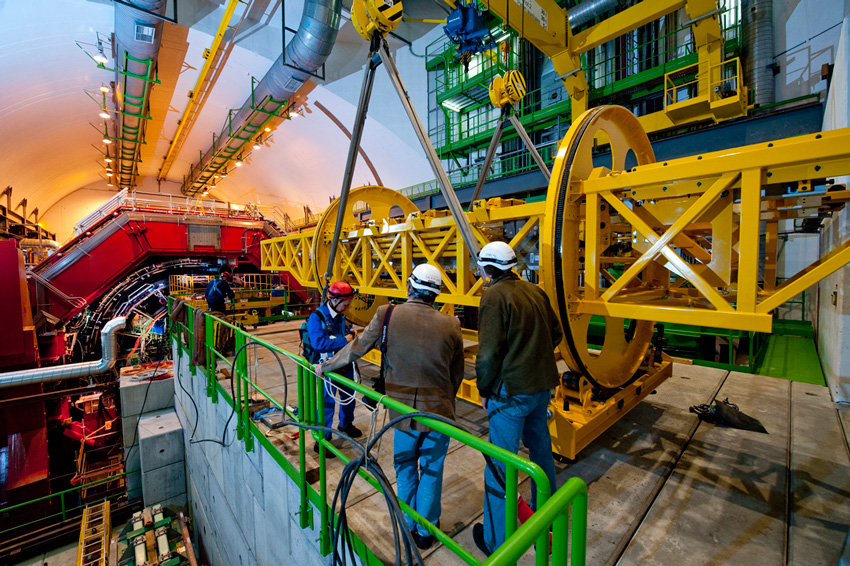
US-led experiments at the LHC recreate the brightest, most dense quark gluon plasma.
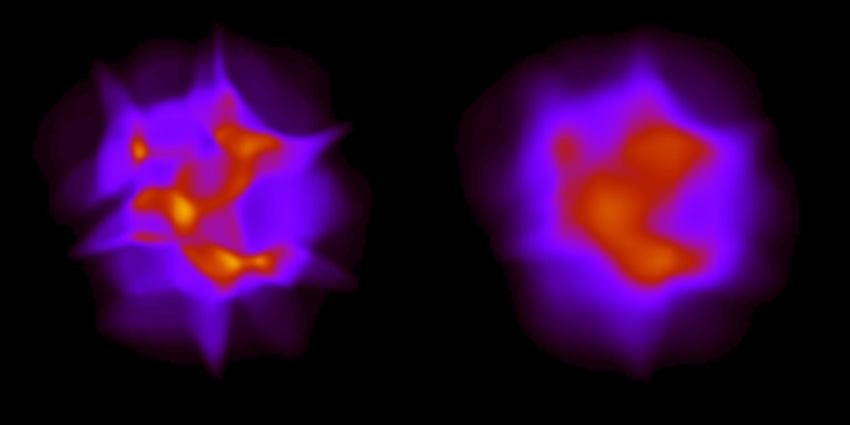
Particles flowing from heavy ion collisions at RHIC and LHC reveal properties of new form of matter.
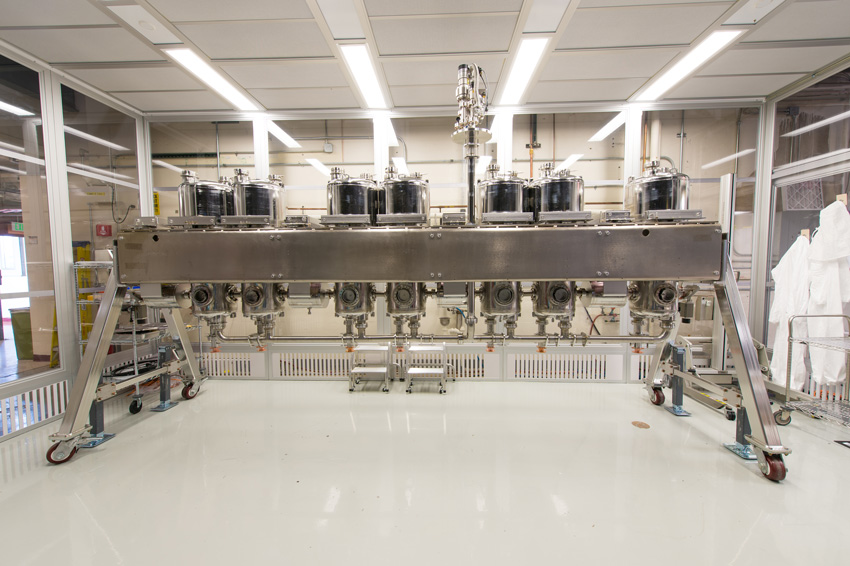
Argonne’s new superconducting cryomodule enhances its ATLAS heavy-ion accelerator.
Signup for the Office of Science’s GovDelivery email service, and check the box for the Nuclear Physics Program in your subscriber preferences.
Subscribe